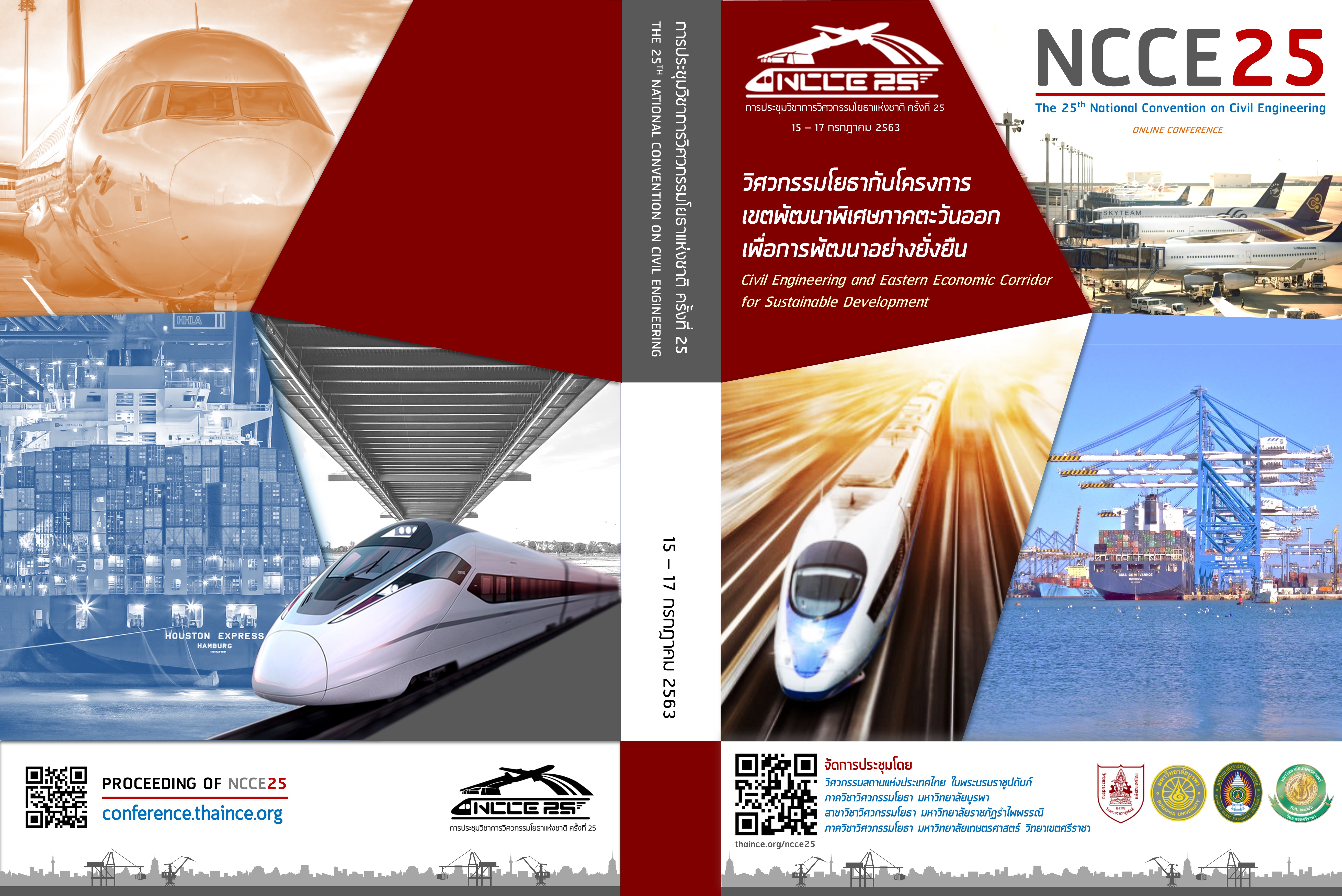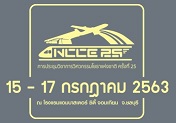Shear Strength Models for Reinforced Concrete Squat Walls Under Seismic Loading: A Comparative Study
Keywords:
squat wall, shear strength, earthquake, reinforced concreteAbstract
Seven state-of-the-art shear strength models for reinforced concrete squat walls available in the literature were reviewed and assessed against a large database of 657 test results covering a wide range of important parameters. The selected shear strength models compared in this study consist of ACI 318-19, Sánchez-Alejandre and Alcocer, Gulec and Whittaker, Kassem, Ning and Lee,Hwang et al., Baghi et al. The comparative results indicated that the approach of Gulec and Whittaker predicted the shear strength of squat walls more precisely than the other models with the lowest coefficient of variation and mean absolute error, while the ACI 318-19 method showed the largest error and uncertainty. It was also found that most of methods considered herein gave the relatively conservative predictions for the members with low concrete strength.
Downloads
References
[2] Lefas LD, Kotsovos MD, Ambraseys NN. Behaviour of reinforced concrete structural walls: strength, deformation characteristics, and failure mechanism. ACI Structural Journal 1990;87(1):23–31.
[3] Gupta A, Rangan BV. High-strength concrete (HSC) structural walls. ACI Structural Journal 1998;95(2):194–205.
[4] Salonikios NT, Kaos AJ, Tegos IA, Penelis GG. Cyclic load behaviour of low slenderness reinforced concrete walls: design basis and test results. ACI Structural Journal 1999;96(4):649–660.
[5] Sittipunt C, Wood SL, Lukkunaprasit P, Pattararattanakul P. Cyclic behavior of reinforced concrete structural walls with diagonal web reinforcement. ACI Structural Journal 2001;98(4)
[6] Oh YH, Han SW, Lee LH. Effect of boundary element details on the seismic deformation capacity of structural walls. Earthquake Engineering and Structural Dynamics 2002;31(8):1583–1602.
[7] Liang X, Che J, Yang P, Deng M. Seismic behavior of high-strength concrete structural walls with edge columns. ACI Structural Journal 2013;110(6):953–963.
[8] American Concrete Institute. Building code requirements for structural concrete (ACI 318-19) and commentary (ACI 318R-19), Farmington Hills, Michigan; 2019.
[9] Wood SL. Shear strength of low-rise reinforced concrete walls. ACI Structural Journal 1990;87(1).
[10] Gulec CK, Whittaker AS, Stojadinovic B. Shear strength of squat rectangular reinforced concrete walls. ACI Structural Journal 2008;105(4):488–497.
[11] Gulec CK, Whittaker AS, Stojadinovic B. Peak shear strength of squat reinforced concrete walls with boundary barbells or flanges. ACI Structural Journal 2009;106(3):368–377.
[12] Sánchez-Alejandre A, Alcocer SM. Shear strength of squat reinforced concrete walls subjected to earthquake loading – trends and models. Engineering Structures 2010;32(8):2466–2476.
[13] Gulec CK, Whittaker AS. Empirical equations for peak shear strength of low aspect ratio reinforced concrete walls. ACI Structural Journal 2011;108(1):80–89.
[14] Kassem W. Shear strength of squat walls: a strut-and-tie model and closed-form design formula. Engineering Structures 2015; 84:430–438.
[15] Ning CL, Li B. Probabilistic development of shear strength model for reinforced concrete squat walls. Earthquake Engineering and Structural Dynamics. 2017; 46:877–897.
[16] Hwang SJ, Tsai RJ, Lam WK, Moehle JP Simplification of softened strut-and-tie model for strength prediction of discontinuity regions. ACI Structural Journal. 2017; 114(5):1239–1248.
[17] Baghi H, Baghi H, Siavashi S.Novel Empirical expression to predict shear strength of reinforced concrete walls based on particle swarm optimization. ACI Structural Journal. 2019; 116(5): 247–260.
[18] Gulec CK. Performance-based assessment and design of squat reinforced concrete shear walls. New York (United States): State University of New York at Buffalo; 2009.
[19] Adorno-Bonilla CM. Shear strength and displacement capacity of squat reinforced concrete shear walls. University of Puerto Rico Mayagüez Campus; 2016.
[20] Usta, M. Shear strength of structural walls subjected to load cycles. MS thesis, Purdue University, West Lafayette, IN, 2017.
[21] Hwang SJ, Fang WH, Lee HJ, Yu HW. Analytical model for predicting shear strength of squat walls. Journal of Structure Engineering ASCE 2001;127(1):43–50.
[22] Yu HW, Hwang SJ. Evaluation of softened truss model for strength prediction of reinforced concrete squat walls. Journal of Engineering Mechanics ASCE 2005;131(8): 839–846.
[23] Lim E, Hwang SJ. Modeling of the strut-and-tie parameters of deep beams for shear strength prediction. Engineering Structure 2016;108: 104–112.
[24] Chetchotisak P, Arjsri E, Teerawong J. Strut‑and‑tie model for shear strength prediction of RC exterior beam–column joints under seismic loading. Bulletin of Earthquake Engineering. 2020; 18:1525–1546.
[25] Paulay T, Priestley M. Seismic design of reinforced concrete and masonry buildings. New York: Wiley; 1992.
Downloads
Published
How to Cite
Issue
Section
License
บทความทั้งหมดที่ได้รับการคัดเลือกให้นำเสนอผลงานในการประชุมวิชาการวิศวกรรมโยธาแห่งชาติ ครั้งที่ 25 นี้ เป็นลิขสิทธิ์ของ วิศวกรรมสถานแห่งประเทศไทย ในพระบรมราชูปถัมภ์



